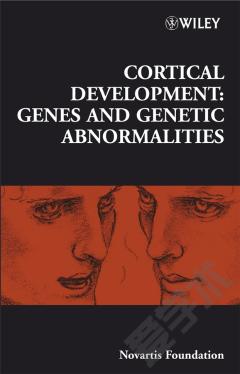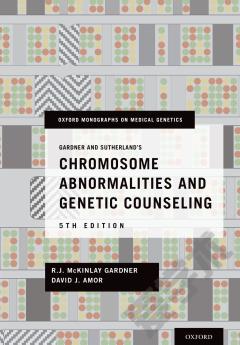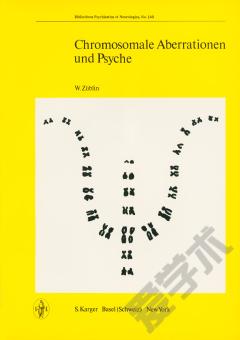Chromosome Abnormalities and Genetic Counseling
PART I: BASIC CONCEPTS 1. Elements of medical cytogenetics 2. The origins and consequences of chromosome pathology 3. Deriving and using a risk figure PART II: PARENT WITH A CHROMOSOMAL ABNORMALITY 4. Autosomal reciprocal translocations 5. Sex chromosome translocations 6. Robertsonian translocations 7. Centromere fissions, complementary isochromosomes, and telomeric fusions 8. Inversions 9. Insertions 10. Autosomal ring chromosomes 11. Complex rearrangements 12. Parental sex chromosome aneuploidy 13. Parental autosomal aneuploidy 14. The fragile X syndromes 15. Variant chromosomes and abnormalities of no phenotypic consequence PART III: NORMAL PARENTS WITH A CHROMOSOMALLY ABNORMAL CHILD 16. Down syndrome, other full aneuploidies, and polyploidy 17. Structural rearrangements 18. The XY female, the XX male, and the true hemaphrodite 19. Chromosome instability syndromes PART IV: DISORDERS ASSOCIATED WITH ABERRANT GENOMIC IMPRINTING 20. Uniparental disomy and disorders of imprinting PART V: REPRODUCTIVE FAILURE 21. Gametogenesis and conception, pregnancy loss and infertility PART VI: PRENATAL DIAGNOSIS 22. Parental age counseling and screening for fetal trisomy 23. Prenatal diagnostic procedures 24. Preimplantation genetic diagnosis 25. Chromosome abnormalities detected at prenatal diagnosis PART VII: NOXIOUS AGENTS 26. Gonadal chromosomal damage from exposure to extrinsic agents APPENDICES A. Ideograms of human chromosomes and haploid autosomal lengths B. Cytogenetic abbreviations and nomenclature C. Determining 95 percent confidence limits, and the standard error
{{comment.content}}








 京公网安备 11010802027623号
京公网安备 11010802027623号